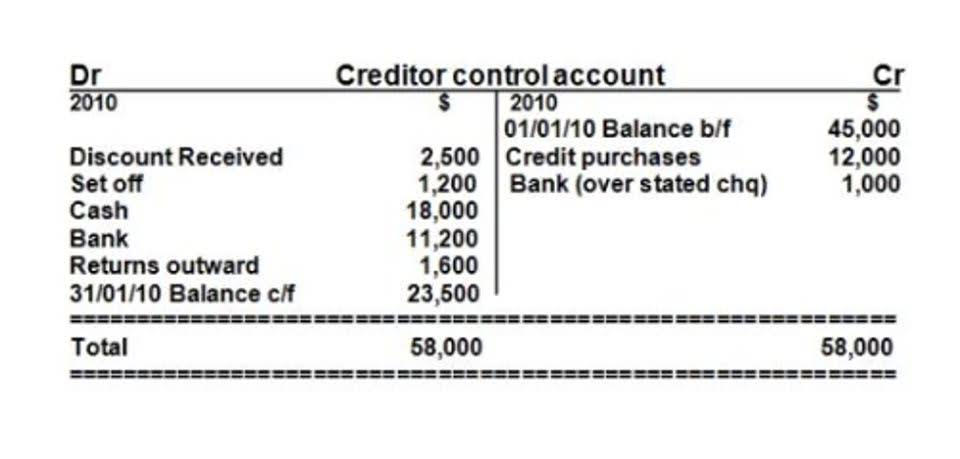- November 29, 2022
- Posted by: adminlin
- Category: Bookkeeping

It accounts for all the indirect costs that the gross margin ignores, as well as interest and tax expenses. This is why the net margin is considered the most comprehensive profitability metric and is very useful alongside gross margin accounting gross margin when evaluating a company. You can either calculate gross profit yourself using the companies’ income statements or look up the companies on a financial data website, which is probably the quickest.
- These indirect costs can have a significant impact on a company’s profit margin.
- Wage rates, efficiency of labor, and the overall productivity of the workforce can also influence production costs and, consequently, gross margin.
- The infamous bottom line, net income, reflects the total amount of revenue left over after all expenses and additional income streams are accounted for.
- Additionally, costs such as utilities, equipment maintenance, and factory leases play into the COGS.
- The operating profit margin is useful to identify the percentage of funds left over to pay the Internal Revenue Service and the company’s debt and equity holders.
- Net profit margin is a key financial metric indicating a company’s financial health.
Ask Any Financial Question
It’s important to keep an eye on your competitors and compare your net profit margins accordingly. Additionally, it’s important to review your own business’s year-to-year profit margins to ensure that you are on solid financial footing. New York University analyzed a variety of industries with net profit margins ranging anywhere from about -29% to as high as 33%. For instance, the study showed that the hotel/gaming sector had an average net profit margin of -28.56%, while banks in the money sector had an average net profit margin of 32.61%. Also, the gross profit margin can be computed as 1 − Cost of sales ratio. In general, the higher the gross margin, the more revenue a company retains per dollar generated.

Premium Investing Services
Companies may adopt various pricing strategies, such as cost-plus, value-based, or competitive pricing, each of which can have different implications for the gross margin. The cost and quality of raw materials can significantly impact the gross margin. Any fluctuation in these costs—whether due to supply chain disruptions, geopolitical events, or other reasons—can have a direct effect on gross profit. Gross profit is the monetary value after subtracting the COGS from net sales revenue. Gross profit represents the actual dollar amount generated from a company’s core operations before considering other operating expenses. Gross profit does not consider the proportion of profit relative to net sales revenue.

Difference Between Gross Margin and Gross Profit
For instance, they could measure the profits if 100,000 units were sold or 500,000 units were sold by multiplying the potential number of units sold by the sales price and the GP margin. A higher gross profit margin indicates a more profitable and efficient company. However, comparing companies’ margins within the same industry is essential, as this allows for a fair assessment due to similar operational variables. A company’s operating profit margin or operating profit indicates how much profit it generates from its core operations after accounting for all operating expenses. Profitability ratios are useful because you can compare performance to prior periods, competitors, or industry averages. But keep in mind that some industries have seasonal fluctuations in profitability.
- Someone on our team will connect you with a financial professional in our network holding the correct designation and expertise.
- On the other hand, an automobile manufacturing business will have a lower ratio due to higher production expenses.
- Gross profit is determined by subtracting the cost of goods sold from revenue.
- Let’s assume that the company buys a patent on a manufacturing process, and the patent has a remaining life of 20 years.
- Additionally, you can use gross margin alongside other metrics, such as net margin or even operating margin, for a more comprehensive financial overview.
- Additionally, it shows cost efficiency and can serve as an easy way for companies and investors to track performance over time.
Let’s assume that the cost of goods consists of the $100,000 it spends on manufacturing supplies. The gross profit is therefore $100,000 after subtracting its COGS from sales. Gross margin ratio is often confused with the profit margin ratio, but the two ratios are completely different.
Gross profit margin ratio: What is it and how to use it
Assess which products deliver the best profit and consider whether you could cut poorly performing products and focus on more profitable ones. You can use this information to pinpoint elements of your sales that are going well or to cut ineffective practices. Analyzing changes in your company’s gross margin helps you track trends in financial health. Gross margin ratio is the ratio of gross profit of a business to its revenue. It is a profitability ratio measuring what proportion of revenue is converted into gross profit (i.e. revenue less cost of goods sold). So, a good net profit margin to aim for as a business owner or manager is highly dependent on your specific industry.

Reducing costs


